Because my family does not eat a lot of processed food, we don't consume many foods that are "iron enriched". I was recently asked by a customer if I was concerned about my family becoming anemic. I haven't seen any signs of anemia in the children or Jim, but I do have the tendency to become anemic if I'm not being careful about my diet.
Anemia, or iron deficiency, is a common problem. According to WebMd,
Anemia is a condition that develops when your blood lacks enough healthy red blood cells or hemoglobin. Hemoglobin is a main part of red blood cells and binds oxygen. If you have too few or abnormal red blood cells, or your hemoglobin is abnormal or low, the cells in your body will not get enough oxygen. Symptoms of anemia -- like fatigue -- occur because organs aren't getting what they need to function properly. Anemia is the most common blood condition in the U.S. It affects about 3.5 million Americans. Women, young children, and people with chronic diseases are at increased risk of anemia.
While I do sometimes take iron supplements, I don't find them to be very effective and I prefer to get my iron from whole foods. So (almost) every morning, I make sure to drink a big glass of raw goat milk with lots of molasses and cocoa. I drink the raw goat milk because I believe there are a lot of benefits, the molasses because it is a good source of bio-available iron, and the cocoa because I like it.
But my personal feelings about the goodness of raw goat milk aside, I recently discovered some research showing that goat milk actually does improve anemia - and it improves it better than cow milk does!
How Does Goat Milk Improve Anemia?
A research study was performed in 2011 by Javier Díaz Castro, a professor at the University of Granada in Spain's Department of Physiology. The research was performed on rats and showed that not only does goat milk increase the body's ability to absorb and use both calcium and iron, but it also does this better and faster than cow milk.
I found the study in the Journal of Dairy Science, and printed it out for myself to read. I had to really concentrate and do a lot of googling to understand parts of it. I'm listing the important parts below and then I've added my translations of the science. So if you don't have a chance to concentrate, you may just want to read my translations.
Study: In anemic rats, goat milk with normal Fe content increased levels of the biomarker of bone formation N-terminal propeptides of type I procollagen and diminished parathyroid hormone levels after only 10 d of supplying this diet, indicating the beginning of restoration of the bone demineralization induced by the anemia, which was not observed with cow milk.
My translation: Rats were forced to become anemic. This raised their parathyroid hormone levels. When those hormones are high, calcium is removed from the bones, which is demineralization of the bones, which is bad. After this point, some rats were fed goat milk (that had not been fortified with extra iron) and some rats were fed cow milk. The rats that were fed the goat milk had their bones start to repair themselves within 10 days. The rats that were fed the cow milk did not see improvement within 10 days.
Study: In addition, a higher Ca deposit was observed in femur, which positively affects bone mineralization, as well as an increase of Fe in sternum, which indicates that the hematopoietic process essentially recovered earlier on the goat milk diet compared with the cow milk diet.
My translation: The researchers took both the femurs (leg bones) and sternums (chest bones) from the rats to compare them. The rats fed goat milk, had more calcium in the femurs and more iron in the sternum than those fed cow milk. This implies that the production of the blood cells in the bone marrow (the hematopoietic process) was improved faster by the goat milk than the cow milk.
Study: Previous studies (Campos et al., 1998, 2007) reported that Fe-deficient rats had decreased femur mineralization that was accompanied by higher levels of cortisol and parathyroid hormone (PTH), increasing bone fragility.
My translation: In rats, anemia is correlated not only with less mineralization in their femurs, but these anemic rats also had higher levels of cortisol - the stress hormone. I found that very important because keeping my cortisol levels low is a goal of mine and knowing that anemia can make this worse was something I had never before been aware of.
This next section of the study is a long one that took me a while to unravel, so you may want to skip to my translation.
Study:The interaction existing between Ca and Fe is well known. Divalent metal transporter-1, the principal mechanism by which nonheme Fe is taken up at the intestinal brush border, is shared also by Ca. Therefore, Ca acts as a low-affinity noncompetitive inhibitor (but not a transported substrate) of divalent metal transporter-1, explaining the inhibitory effect of dietary Ca on Fe bioavailability (Shawki and Mackenzie, 2010).
Milk has a high Ca bioavailability and therefore can affect in a positive way the process of bone mineralization (Campos et al., 2007). Goat milk improves Fe bioavailability in anemic rats, increasing Fe deposits in target organs and favoring the recovery of hematological parameters. Goat milk fat is richer in medium-chain triglycerides, which are rapidly absorbed and metabolized to obtain energy increasing the synthesis of carrier proteins and thus the absorption of Fe. Goat milk has higher contents of vitamin A and C, which would favor once again Fe absorption (Alférez et al., 2006). In addition, goat milk consumption improves the digestive and metabolic utilization of Ca and P and their deposits in the corresponding target organs, minimizing the interactions between Ca and Fe (Campos et al., 2007).
These precedents led us to study the influence of goat or cow milk-based diets, with either a normal Fe content or Fe overload, and supplied for 10, 30, or 50 d, on the bone remodeling process impaired because of Fe-deficiency anemia, to determine if goat milk consumption could have a positive effect on this process.
My translation: Bioavailability is how easy it is for the targeted nutrient to be absorbed and used by the body. When we consume calcium, it inhibits the bioavailability of iron, or the ability of our bodies to be able to make use of that iron we consumed. That means that even if you are consuming enough iron, if you're consuming too much calcium (or the wrong kind of dietary calcium), your body can't make use of the iron it consumes.
Is Goat Milk Better than Cow Milk for Anemia?
The researchers wanted to compare goat milk to cow milk to find out if goat milk was better. They thought it might be because
- Goat milk in particular has been shown to improve the iron bioavailability in anemic rats
- Goat milk is richer in medium-chain triglycerides which makes iron more bioavailable
- Goat milk has higher contents of vitamin A and vitamin C, which both also help iron be absorbed
- Goat milk improves use of Calcium and Phosphorus which leaves less calcium to interfere with iron absorption.
The researches knew (as I do), that goat milk is awesome stuff and they wanted to find out if it was more helpful for anemia than cow milk.
Study: The beneficial effect of goat milk on mineral metabolism has been well documented: it improves Fe bioavailability (Alférez et al., 2006; Nestares et al., 2008), and the Fe is available for hydroxylation processes and then in the biosynthesis of vitamin D.
My translation: Goat milk is good for allowing your body to absorb and use iron and can help your body more effectively produce vitamin D (another important vitamin that is added to processed foods to fortify them).
Study: feeding diets with normal Fe content resulted in a decrease of PTH in the anemic animals that consumed goat milk (P < 0.001) and an increase in those that consumed cow milk (P < 0.001). Iron overload produced a marked decrease of PTH levels in control animals that consumed goat milk-based diet (P < 0.001), whereas an increase was observed (P < 0.05) in those fed a cow milk-based diet. These results are in agreement with the increase in nutritive utilization of Ca, because of the greater absorption of this mineral, as previously reported Campos et al. (2007)).
My translation: When parathyroid hormone (PTH) levels are high, calcium is removed from the bones. So, high PTH is bad; low PTH is good (in very simplistic terms).
If you feed anemic rats with goat milk, their PTH levels go down.
If you feed anemic rats with cow milk, their PTH levels go up.
This most likely has to do with the fact that goat milk calcium bioavailability is greater than cow milk calcium bioavailability.
Study: Goat milk has a high content of vitamin D (Alférez et al., 2006), which favors Ca energy-dependent transcellular saturable transport. Moreover, the lactose in this type of milk is more digestible compared with cow milk and easy to absorb. According to Heaney (1996)), these factors favor Ca absorption via paracellular pathway, which explains the greater Ca deposits in the femurs of rats fed goat milk diets with normal Fe or Fe overload. This could be because nutritive utilization of Fe from goat milk is better than from cow milk, thereby replenishing more efficiently the depleted body stores and, under these conditions, the quantity of available oxygen and ATP increases, recovering the carriers of Ca most efficiently, which favors Ca absorption via active transport (Conrad and Umbreit, 1993). Something similar happens with P, because the absorption of this element is performed, in part, via active transport (López-Aliaga et al., 1994). In addition, goat milk reduces the interactions between Ca and Fe, thus increasing the digestive utilization of both minerals (Barrionuevo et al., 2002; Campos et al., 2003). The lower interaction between Ca and Fe in animals fed goat milk diet can improve Ca nutritive utilization (Barrionuevo et al., 2002; Campos et al., 2003; Alférez et al., 2006).
My Translation: Goat milk is high in Vitamin D (good). The lactose in goat milk is also more easily digested and absorbed than cow milk. In goat milk (as compared to cow milk), there is less interaction between calcium and iron. These factors may explain why calcium is more bioavailable when it comes from goat milk than when it comes from cow milk.
Study: Therefore, it is evident that the repletion of Fe in sternum had begun earlier in rats fed the goat milk diet and it is noteworthy that this bone has an important hematopoietic function.
My Translation: Not only is there more calcium in the bones with the goat milk, but there is more iron in the bones (in this study the sternum was tested). This is important because iron in the sternum is very important to how your bone marrow creates healthy blood cells.
Goat Milk Can Help with Anemia or Iron Deficiency
Now that we have all of the basics out of the way, let's look at the conclusion.
Study: In only 10 d of supplying goat milk, bone demineralization induced by Fe deficiency began to recover, as evidenced by the increase of the bone formation biomarker PINP and diminishing PTH levels. If the consumption of milk-based diets was prolonged (for 30 or 50 d), the parameters of bone remodeling recovered with both milk-based diets, although bone remodeling was restored earlier in animals fed the goat milk-based diets, and feeding a goat milk-based diet favors the mineralization of femur and sternum, improving bone metabolism and hematopoietic process. Therefore, inclusion of goat milk is recommended in diets of humans who suffer nutritional Fe-deficiency anemia, because this type of milk helps to relieve the adverse effects produced in bone turnover due to the Fe deficiency.
Why is all of this important? Because of how it relates to humans. The researchers concluded that goat milk is recommended for people who suffer from iron deficiency (caused by problems with their diet) because it can relieve or even possibly reverse the negative effects of iron deficiency on the human body.
Now that is important.
I get so excited when I see studies like this. Goat milk, in my opinion, is very under-appreciated in this country. And the more it is studied, the more benefits are discovered. I would also like to point out that this study used powdered milk. It didn't even use raw milk fresh from the farm.
I know that was a lot more science than I usually write about, but what did you think? Are you a new goat milk believer?
The full study can be found here.
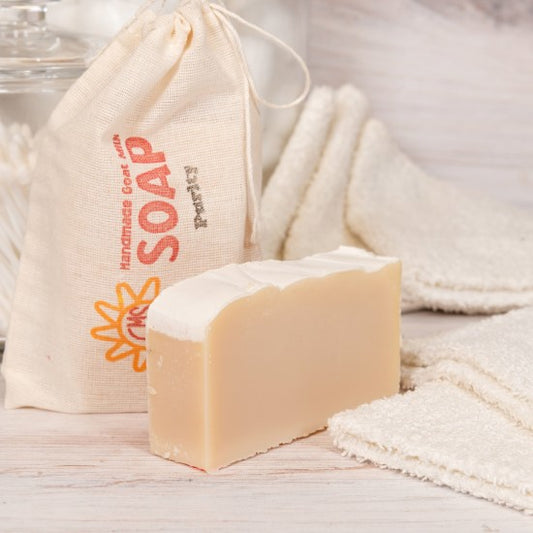
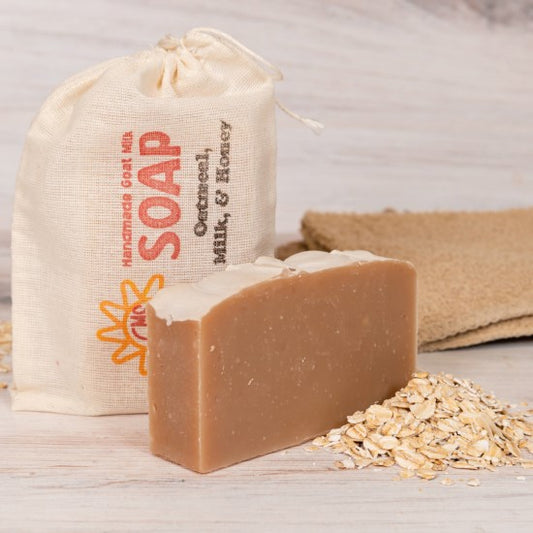
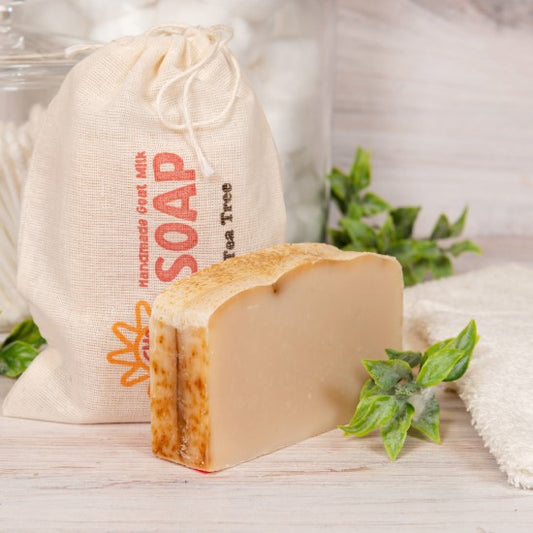
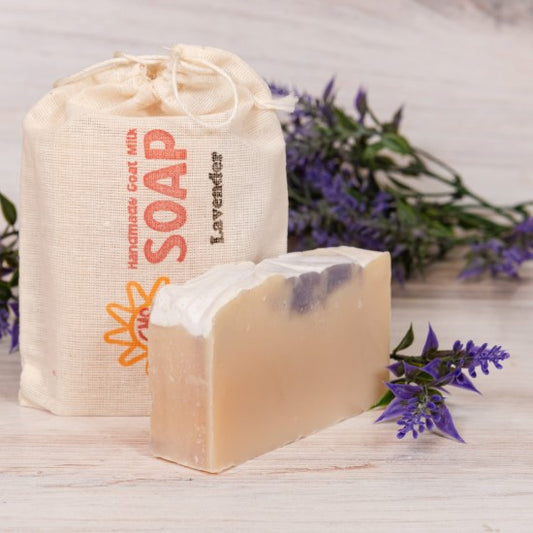

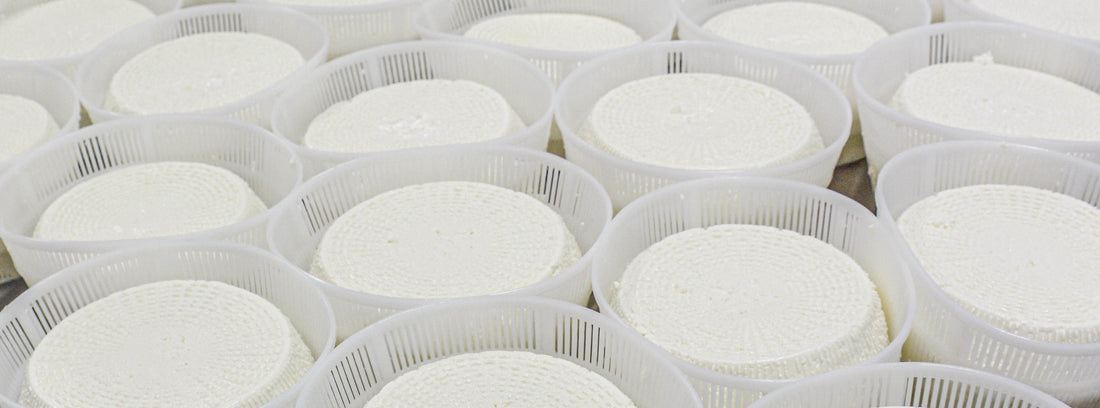
6 Responses
Goat Milk Stuff
Danea – glad you found it helpful! :) PJ
Danea
Much appreciate your work here. We teach farm visitors about the benefits of raw goat’s milk and your article clearly demonstrates the incredible asset to a diet that goat’s milk is!
I was under the impression that goat’s milk was lower in iron than cow’s milk and may induce anemia, so I’m really grateful to have this broken down so clearly.
Goat Milk Stuff
Hi Glenn, You’re very welcome! :) PJ
Goat Milk Stuff
Hi Laurie – I’m so glad to hear it! You’re very welcome. :) PJ
Laurie
Fantastic article. It has helped my new born pup with anemia. He is starting to have energy stamina and his gums changed from a very light pink whitish color to a normal pink. Also it educated me for myself and I will start using it in my coffee and cereals to help decrease my cholesterol , anemia, anything else. Thank you so much for putting this article out there.